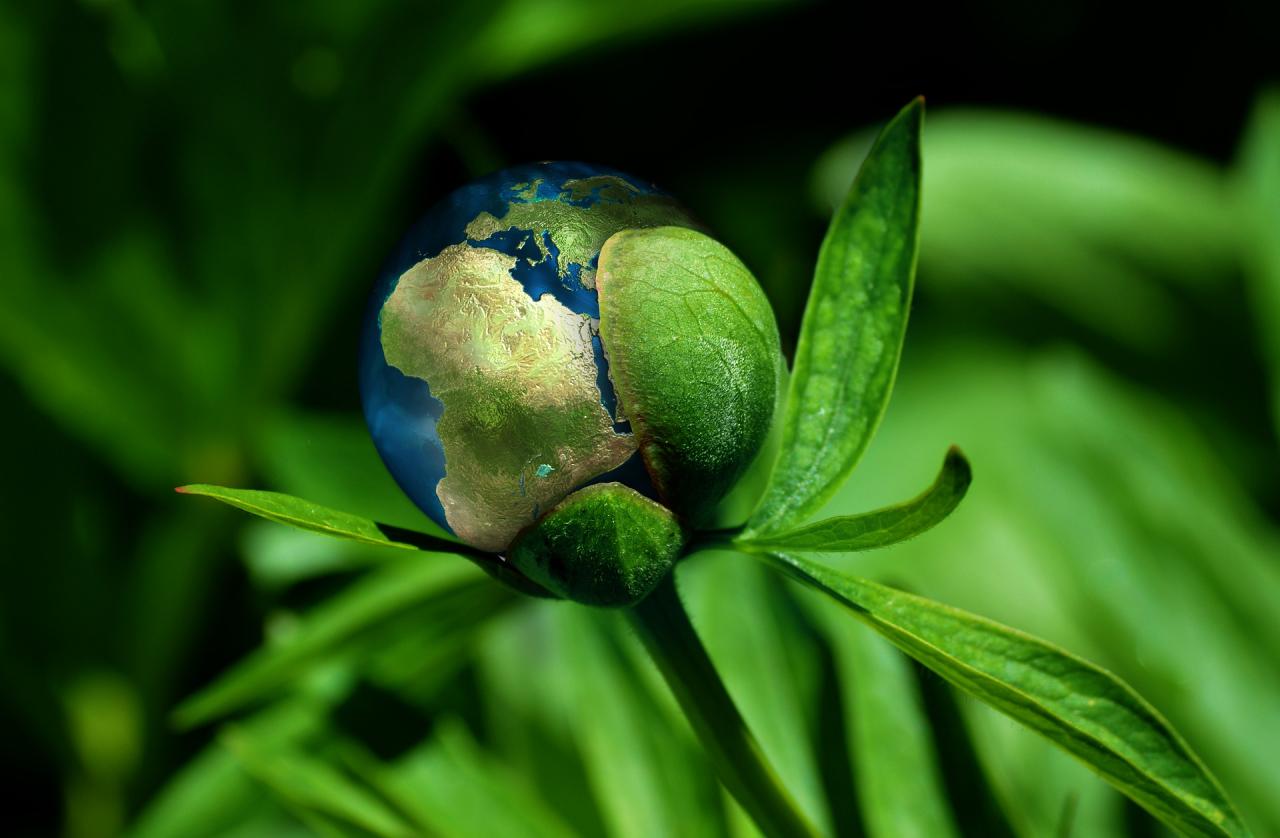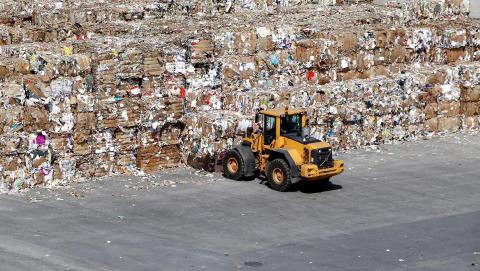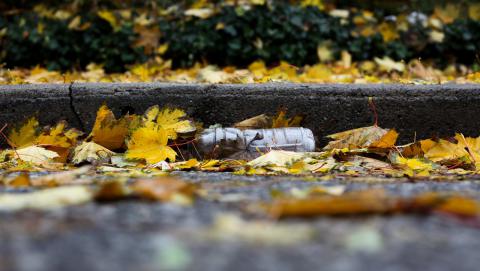
AMO's Baseline Waste and Recycling Report and Executive Summary
The objective of AMO's Ontario Baseline Waste and Recycling Report is to provide a better understanding of the Ontario government's efforts to tackle non-hazardous solid waste (past, present, and future) and to assess its performance and identify actions that may be necessary to meet its goals. This includes providing an overview on:
- how Ontario currently manages resources and describing how this has changed over the past few decades;
- progress towards the performance goals established in the strategy (i.e., achieve 30% waste diversion rate by 2020; 50% by 2030; an 80% by 2050 as well as reducing total waste disposed per capita each year); and
- opportunities to improve outcomes.
Waste remains a significant area of interest to municipal governments especially given costs and generation rates are steadily increasing; more waste is ending up in our environment, including waterways, parks, and communities; and the province's available disposal capacity is rapidly diminishing.
While recent initiatives to transition waste diversion programs to full producer responsibility are an important step forward and have helped Ontario reach the provincial goal of 30% diversion by 2020, new policies and initiatives are required for the province to meet its committed 50% diversion goal by 2030. This commitment is all the more important given Ontario only has 10 years of disposal capacity remaining combined with rapid population growth and the goal of building 1.5 million new homes by 2031.
The report includes a number of recommendations including:
1. The need to target industrial, commercial and institutional sector waste diversion:
Actions taken by the government to date have mainly focused on residential materials, including the Ontario blue box regulation. The waste generated by the industrial, commercial and institutional sector offers a significant opportunity to drive increased diversion. Policies should focus on two key areas:
- Increased food and organic waste diversion (which could increase diverted materials by 1,800,000 tonnes), and
- Increased diversion of paper and packaging (which could increase diverted materials by 1,239,000 tonnes).
- This policy could provide a solution for stranded small businesses who are ineligible for blue box services in the current blue box regulation.
2. The need to enhance current EPR regulations and expand material designations:
Addressing issues with the current EPR regulations could help to improve outcomes and ensure a stronger foundation for new designations, including a review of performance targets and aligning designations with other Canadian jurisdictions.
Additionally, following through with the provincial government’s commitments to designate small appliances, electrical tools, mattresses, carpets, clothing and other textiles, furniture, and other bulky items could provide an additional 327,700 tonnes of diversion per year.
3. Ensuring proper third-party oversight:
Current issues with the battery regulation underline the need for the Resource Productivity and Recovery Authority (RPRA) to have more resources and better access to producer information to ensure the system has the appropriate rigor to that outcomes are met.
Please see the report and executive summary for further details.



